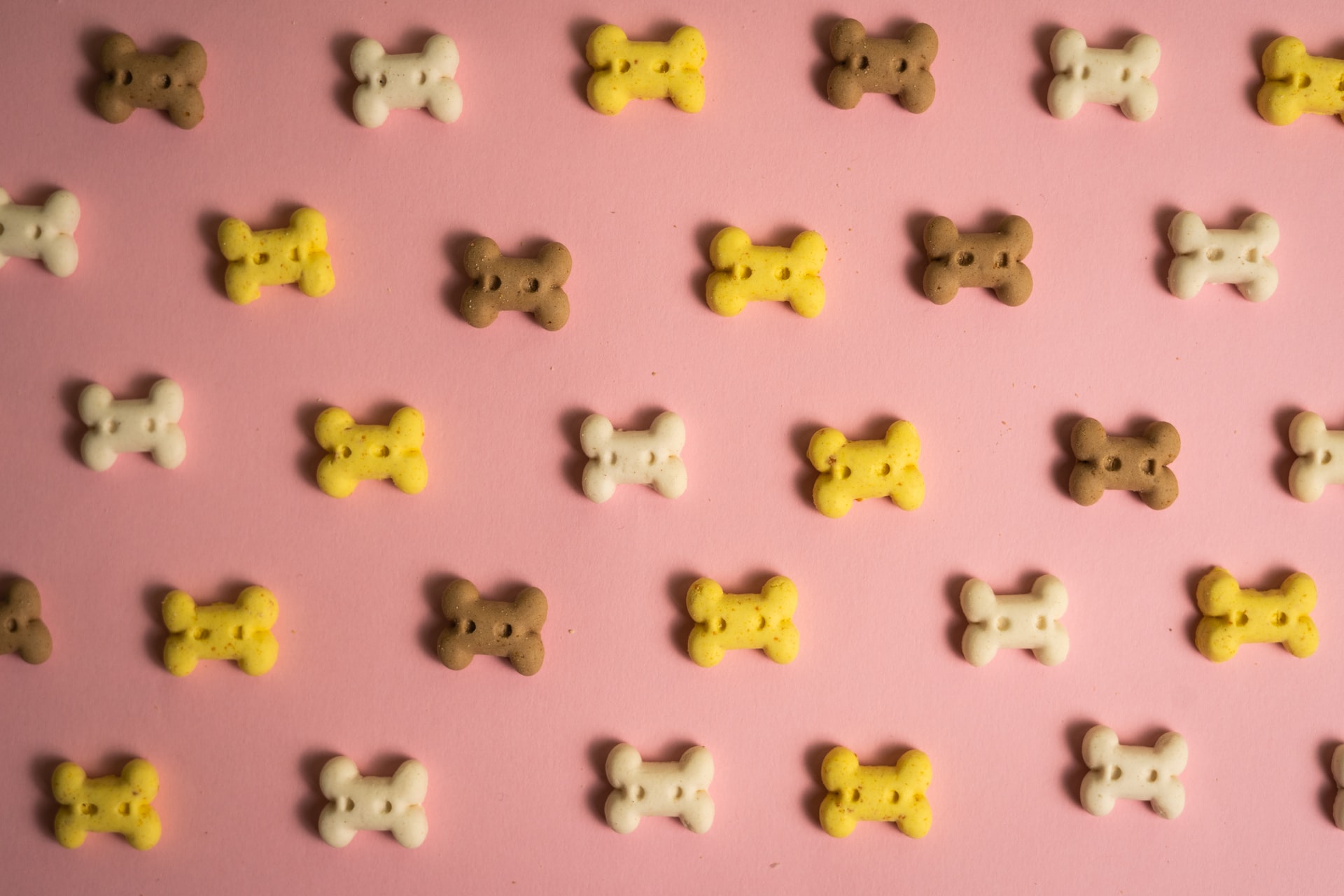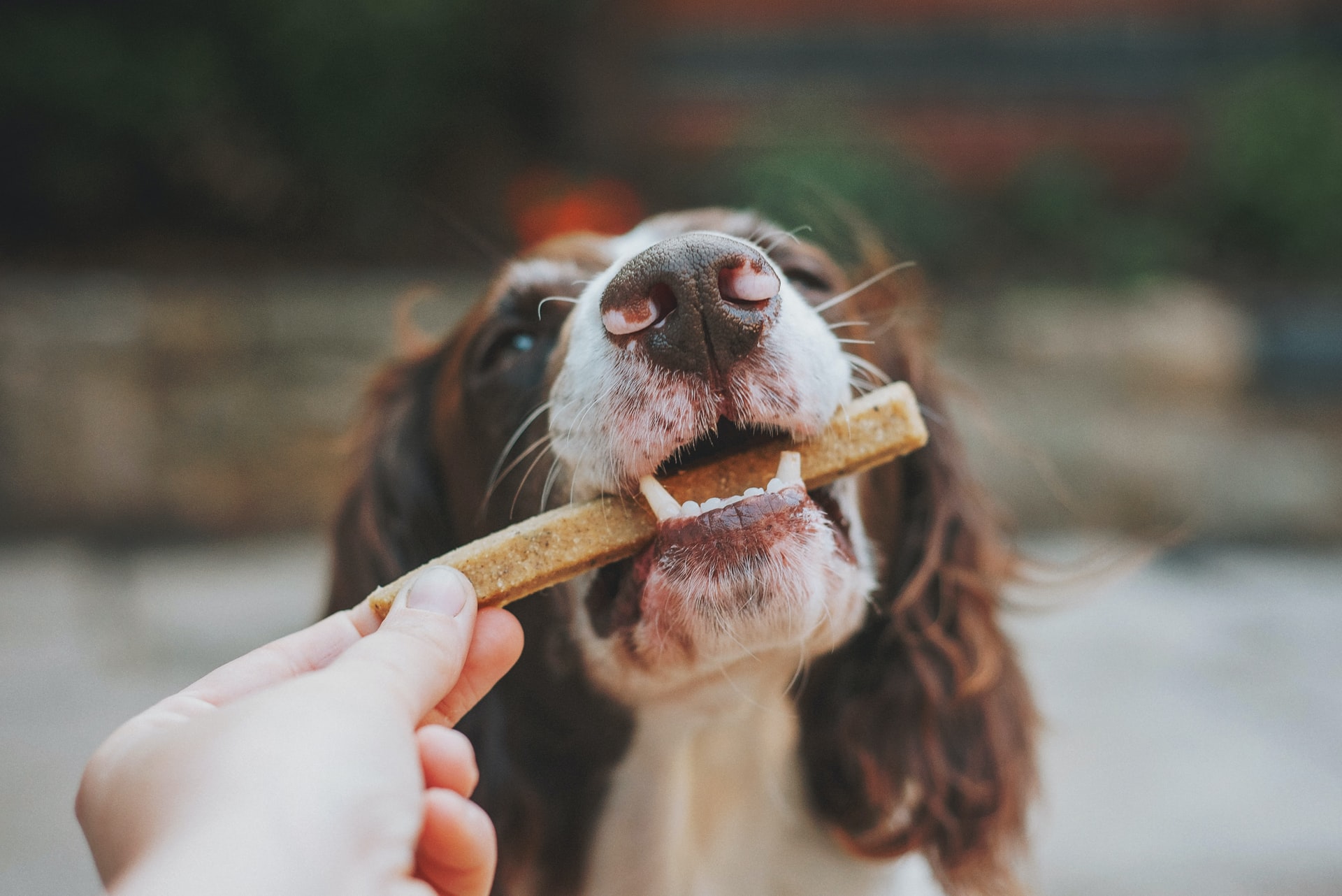What Food Should I Give My Dog To Stay Healthy?
Feed My Dog: A dog’s daily caloric intake. Don’t neglect to keep your dog properly hydrated at all times.
Keeping their water bowl full and changing it every day ensures they have access to water whenever they want or need it. When determining your dog’s size and weight, pay close attention to their body shape rather than just the number on the scale. Overweight and obesity are both associated with shorter lifespans and disorders like osteoarthritis, both of which can be prevented.
Your dog should have a distinct waist and be able to feel their ribs when you run your fingers over their side. You want your dog to have a slim figure.

Otherwise, you’ll have to go on a strict diet. The idea is to maintain a healthy feeding routine for your dog and avoid either overfeeding or underfeeding him. In addition to size, breed, and age, the amount of exercise your dog gets will determine how much food he or she needs.
A vet can evaluate your dog’s diet and nutrition, as well as its overall health if you’re ever unsure.
Canines Eat The Following Things:
Carnivores by nature, domestic dogs also consume a variety of omnivorous foods. It’s critical to talk to your veterinarian about your dog’s daily diet.
Please keep in mind that every dog is unique, and what works for one may be entirely ineffective for another. When considering what to feed my dog, consider these aspects to help you make an informed choice. Many dog food options exist, but figuring out which is best for your pooch can be difficult.
Many dog owners choose to feed their pets raw meat, and although this may work well for some canines, there are a few things to keep in mind. It’s perfectly fine to give your dog nothing but kibble. Alternatively, you can add some cooked or raw meat, fish, veggies, and grains to give them a more varied diet.
Dr. Leigh Davidson, an experienced veterinarian, recommends the following course of action. Food-borne bacterial infections such as campylobacter or salmonella pose a serious risk to both you and your dog. There are a lot of raw food diets out there that aren’t balanced for different life stages or medical issues. You will be provided with a custom diet designed by a veterinary nutritionist.

Preservatives in some pet meat and bone products can be harmful to the health of your dog, so stick to human-grade options whenever you can. Plaque can be removed from teeth with as few as one to two bones a week. Adding cooked pumpkin or grated carrot to your dog’s diet says Dr. Leigh, can help with their intestinal health.
Don’t be afraid to include cooked pumpkin or raw grated carrot in your dog’s diet. You can give your dog an occasional treat of tinned sardines, tuna, or salmon in spring water if you first inspect for fish bones. Just watch out that he doesn’t get constipated after eating the whole bone!
Feeding Your Dog Based On His Or Her Age:
From eight to sixteen weeks feeding modest meals on a regular basis is critical.
A puppy’s nutritional needs are considerable, thus it won’t last long if it isn’t fed frequently.
It’s critical that you avoid making significant dietary changes at this time since you run the risk of causing yourself discomfort. Many puppies will be moving into their new homes at this age. The nutrients your puppy needs to grow and thrive will be there because of this.
The ideal meal to give your puppy is puppy chow made specifically for puppies.
You can supplement the commercially balanced kibble with whatever you like, such as cooked meats and veggies, or even rice. A raw food diet for developing puppies can also be quite challenging to maintain the proper nutritional balance. Very young puppies should not be fed raw meals since their immune systems have not yet developed enough to deal with a high bacterial load.
Dogs Over The Age Of One Year:
Consult your dog’s veterinarian about any special requirements. More fiber, protein, or other nutrients may be required by some elderly dogs to keep their bodies healthy. Smaller, more frequent meals might help keep some senior dogs happy and pleased. While for others, the goal is to retain things as they were before.

Changing your dog’s food might have a positive or negative impact on their chronic health conditions. Keeping checks on your older dog’s health is critical.
Dogs who are older: First and foremost, make sure you aren’t overfeeding. Choose bones with a lot of meat on them, such as those that are huge and uncooked. Make sure your diet is well-balanced and complete. For diversity, include meat, veggies, and/or fish in your recipe.
Adult dogs should follow the same feeding rules as puppies. Adult dogs should be fed once or twice a day, depending on their size.
If you have a small or medium-sized dog, you can consider it an “adult” at 12 months of age; if you have a large breed dog, it will be 18–24 months before it is considered an “adult”.
When choosing a commercial dog food, be sure it’s formulated for your dog’s specific life stage and health needs.
For At Least 16 Weeks:
You can begin introducing raw meaty bones at the 16-week point. When it comes to puppy nutrition, one bone per week is usually sufficient. Hand Feeding your puppy from an early age can help prevent him from developing food guarding behaviors. When your puppy is eating, don’t be surprised if it grows protective about its food. Please consult a veterinarian if your dog is already guarding.

If a child gets too close to you while you’re eating, they may growl or snap at you if you try to remove the food. Make sure your dog isn’t getting too much or too little food. As your dog grows older, you can cut back on the amount of feeding you give him to just two a day. It’s a challenge since the general public believes that larger breeds require more food. This isn’t always the truth. Some foods may not agree with your dog because of intolerances or allergies that dogs have, just like humans. If you’re giving your dog a new meal, watch out for any signs of illness or discomfort.


